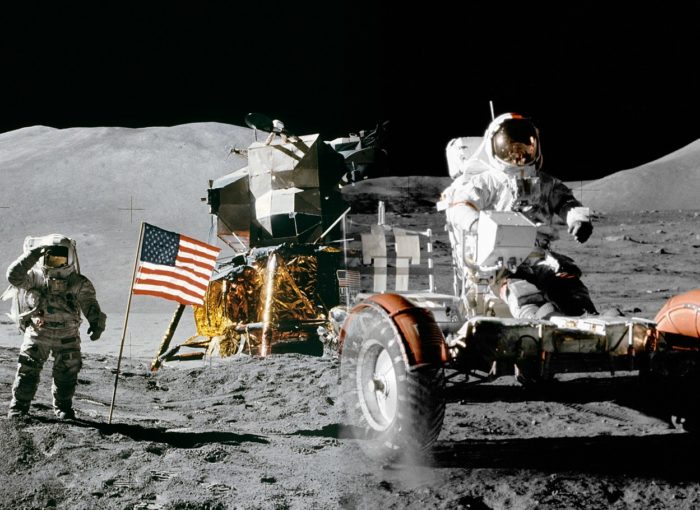
Close Calls And Controversy: The Last Hurrah Of The Apollo Missions
- By
- January 6, 2021
- September 29, 2021
- 25 min read
- Expert Opinion
- 1
- Posted in
- Space, History
Following the successful Apollo 11 mission that landed the first humans on the Moon in July 1969, it was clear to all that the United States were the clear winners of the Space Race – at least the lunar landing arm of it.
The Apollo missions would continue for the better part of three years before landing missions on the moon were suddenly axed in favor of attempts to build a space station (something that would be achieved in the final years of the twentieth century).
 The Soviet Union would persist in their attempts to reach the moon with their cosmonauts. However, their space program continued to be plagued with problems. In reality, all attention from the late-1960s and into the early 1970s was largely on the United ...
The Soviet Union would persist in their attempts to reach the moon with their cosmonauts. However, their space program continued to be plagued with problems. In reality, all attention from the late-1960s and into the early 1970s was largely on the United ...
Fact Checking/Disclaimer
The stories, accounts, and discussions in this article may go against currently accepted science and common beliefs. The details included in the article are based on the reports, accounts and documentation available as provided by witnesses and publications - sources/references are published above.
We do not aim to prove nor disprove any of the theories, cases, or reports. You should read this article with an open mind and come to a conclusion yourself. Our motto always is, "you make up your own mind". Read more about how we fact-check content here.
Copyright & Republishing Policy
The entire article and the contents within are published by, wholly-owned and copyright of UFO Insight. The author does not own the rights to this content.
You may republish short quotes from this article with a reference back to the original UFO Insight article here as the source. You may not republish the article in its entirety.
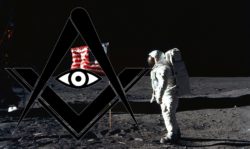
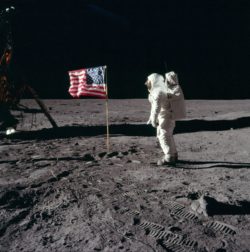
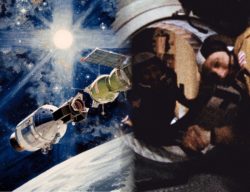
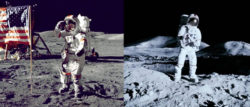
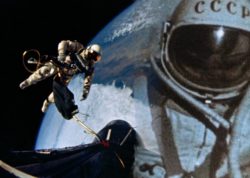
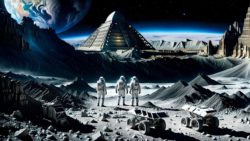
1 Comment
UFO Insight does not take responsibility for the content of the comments below. We take care of filtering profanity as much as we can. The opinions and discussion in the comments below are not the views of UFO Insight, they are the views of the individual posting the comment.
Newest comments appear first, oldest at the bottom. Post a new comment!
EXCELLENT ARTICLE BUT I FOUND MOLD ON THE BOTTOM OF THE MODULAR EQUIPMENT TRANSPORTER AND STAGE LIGHTING ON THE SIDE OF THE BOX…ALSO LOOKS LIKE THE ROVER IS STILL IN ITS CONTAINED ON THE LANDER BUT A ROVER IS SITTING NEXT TO THE LANDER……